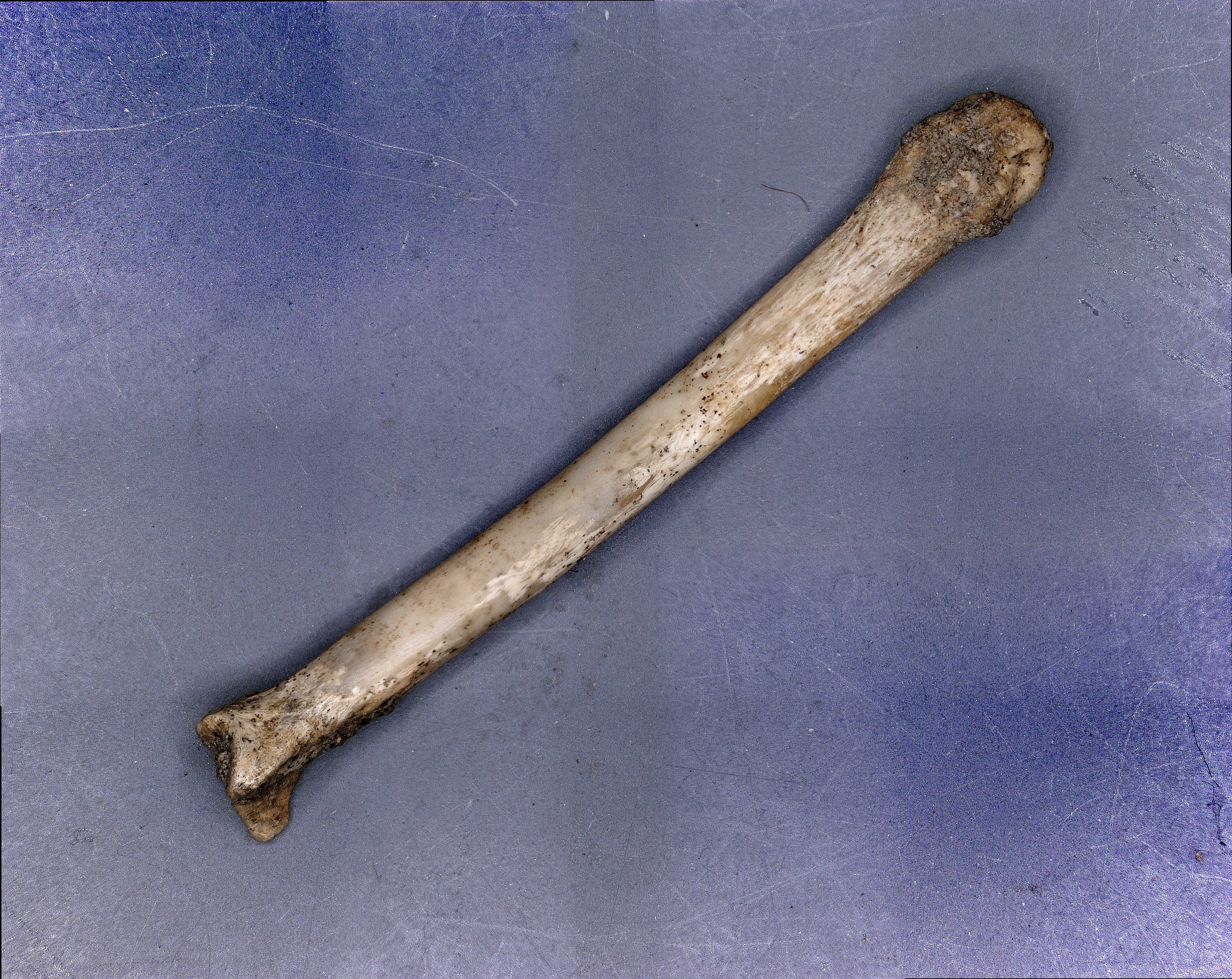Leprosy may have spread between red squirrels and humans between 10th and 11th century in England, research suggests.
Evidence gathered from two archaeological sites in the medieval city of Winchester suggests red squirrels may have been a host for Mycobacterium leprae – the bacteria that causes leprosy in people – in the past.
Researchers said although there is evidence this disease has transmitted to humans through infected armadillos, it is the first time scientists have found clues that indicate leprosy was circulating between people and the rodents in medieval England.
Modern red squirrels have also been found to carry strains of the leprosy bacteria, but the team said that these rodents do not pose a threat to people in the UK.
Despite popular myths about leprosy leaping from person to person through physical contact, the infection is not highly contagious.
It is believed to be spread chiefly by coughing or sneezing.
Dr Sarah Inskip, a bioarchaeologist at the the University of Leicester, said: “Very few people are actually susceptible to catching leprosy today and you would have to have prolonged contact with an infected animal.
“There are not many of them around today either (Britain has just 160,000 native red squirrels), so the chances are extremely low.”
Leprosy is one of the oldest recorded diseases in human history, which targets the nervous system and causes swelling under the skin.
Although it is rare, the so-called biblical disease still exists today and according to the World Health Organisation, around 208,000 people have leprosy around the globe, mostly in Asia and Africa.

Leprosy can be cured using antibiotics, but if left untreated, can lead to deformity, disability and blindness.
For the study, published in the journal Current Biology, the researchers analysed 25 human and 12 squirrel bone samples gathered the Winchester sites.
Genetic analysis revealed M. leprae to be present in both human and squirrel samples, indicating the infection was circulating between people and the rodents in the Middle Ages.
Verena Schuenemann, a professor for archaeological sciences at the University of Basel in Switzerland, said the medieval red squirrel strain recovered is more closely related to medieval human strains from Winchester than to strains isolated from infected modern red squirrels.
She added: “Overall, our results point to an independent circulation of M. leprae strains between humans and red squirrels during the Medieval Period.”
As Winchester was well known for its leprosy hospitals and connections to the fur trade, the researchers speculate this is how transmission may have occurred.
Dr Inskip said: “We picked Winchester because the sites have squirrel bones themselves.
“There are hand and foot bones (recovered from the sites) – which is what we see when people are processing squirrel skin.
“So that gives us an idea of how humans were interacting with the squirrels in that particular location.”
Squirrel fur was widely used to trim and line garments during the medieval period.
Evidence suggests many also trapped wild squirrels as kits in the wild and raised them as pets.
Dr Inskip said: “We forget how much people may have interacted with squirrels in the past and how much they would have been a part of people’s lives and historic sources highlight that quite nicely.
“This is really important in changing people’s perceptions about leprosy being a human-only disease.”
She added: “There is a long history of sharing diseases between humans and animals and they continue to have a big impact on us.
“In the wake of Covid-19, animal hosts are now becoming a focus of attention for understanding disease appearance and persistence.”
